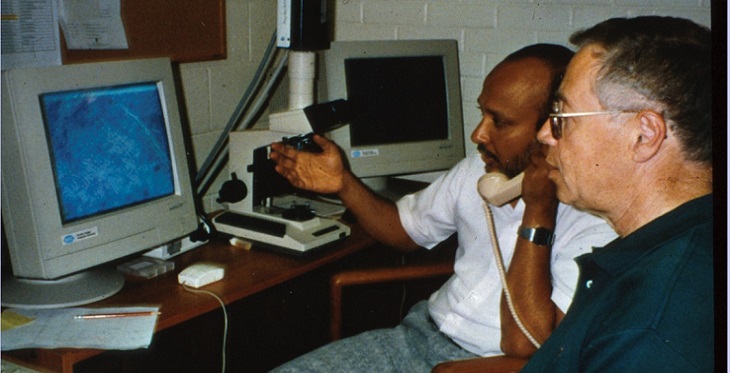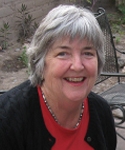Thirty years after the invention of telepathology, the Food and Drug Administration has approved the technology for primary pathology diagnoses.
Ronald S. Weinstein, MD, founding director of the Arizona Telemedicine Program, based at the University of Arizona College of Medicine –Tucson, was chair of pathology at what is now Rush University Medical Center in Chicago in the mid-1980s when he developed his idea of diagnosing surgical pathology slides from a distance.
He has since been recognized as the “father of telepathology.”
“The FDA has done its job,” said Elizabeth A. Krupinski, PhD, professor emerita at the University of Arizona and a past president of the American Telemedicine Association. She also is a frequent collaborator of Dr. Weinstein’s and a consultant to the FDA.
“Digital pathology has enormous potential. Its approval by the FDA comes decades after the transformation of radiology into a digital imaging specialty,” Dr. Krupinski said. “Potentially, 50 million pathology glass slides will be digitized annually in the United States alone. The potential market for telepathology is huge.”
Dr. Weinstein, who was chair of the Department of Pathology at the UA College of Medicine from 1990 to 2007, and a self-taught engineer and computer scientist, was running a National Cancer Institute-funded pathology diagnostic laboratory for clinical trial patients. He was frustrated with disparities in cancer diagnoses rendered by several expert pathologists on the same case. He considered the disparities a threat to the credibility of large NCI-funded clinical trials involving thousands of patients.
“It was frustrating for patients, and for their doctors who needed accurate diagnoses of cancers,” Dr. Weinstein recalled.
He began a 30-year research and commercialization program to bring telepathology – the forerunner to today’s digital pathology – to clinical practice. Along the way, he founded two telepathology companies and published many scientific papers validating its use.
In April of this year, the FDA formally approved digital telepathology for use in primary diagnoses on tissue biopsies.
Dr. Weinstein said he didn’t mind that it took so long.
“I was never frustrated. Many inventions take decades to see the light of day. I expected the creation, validation and adoption of telepathology would involve an iterative process that would take many years to complete.”
He does remember, however, the major national pathology meeting, at which a prominent leader in pathology called Dr. Weinstein, “a fool for talking such nonsense,” adding “Telepathology won’t happen in his lifetime.”
Dr. Weinstein steadily overcame roadblocks in technology, reimbursement, and quality-of-care issues. He relentlessly campaigned for the acceptance of telepathology at international meetings around the world. Today, telepathology is used in hospitals in more than 32 countries, benefiting hundreds of thousands of patients each year.
“Other countries got the message first,” Dr. Weinstein said. “The message finally came home, and we lived to see it.”
Telepathology, also known as whole slide imaging, is one of the last areas in medicine to make the transition from analog imaging to digital, Dr. Weinstein said.
“But now this can benefit millions of patients in the United States alone,” he said. “Expert diagnosis by subspecialty pathologists will now become a new standard of care.”

